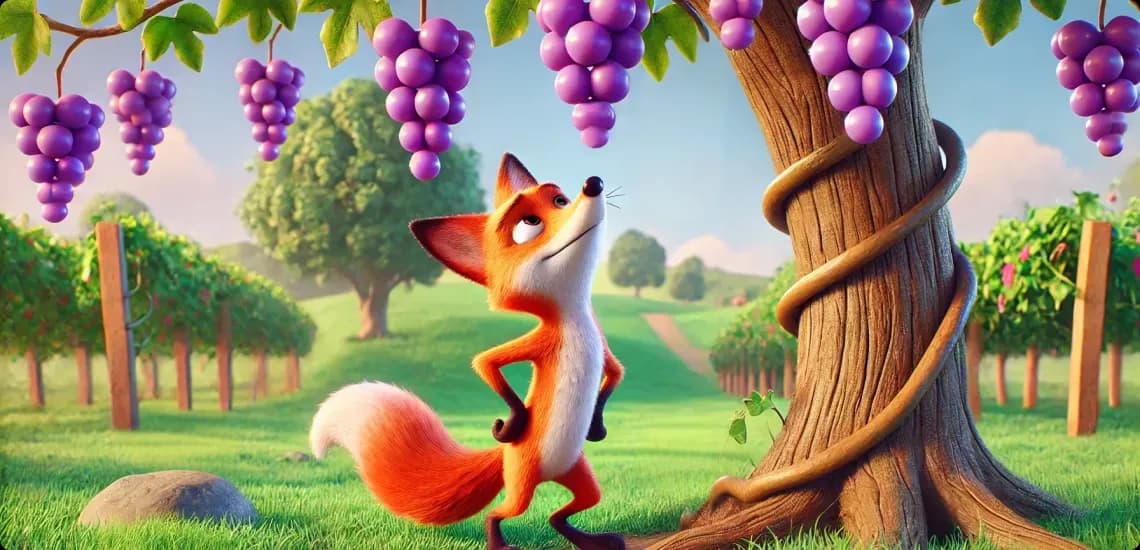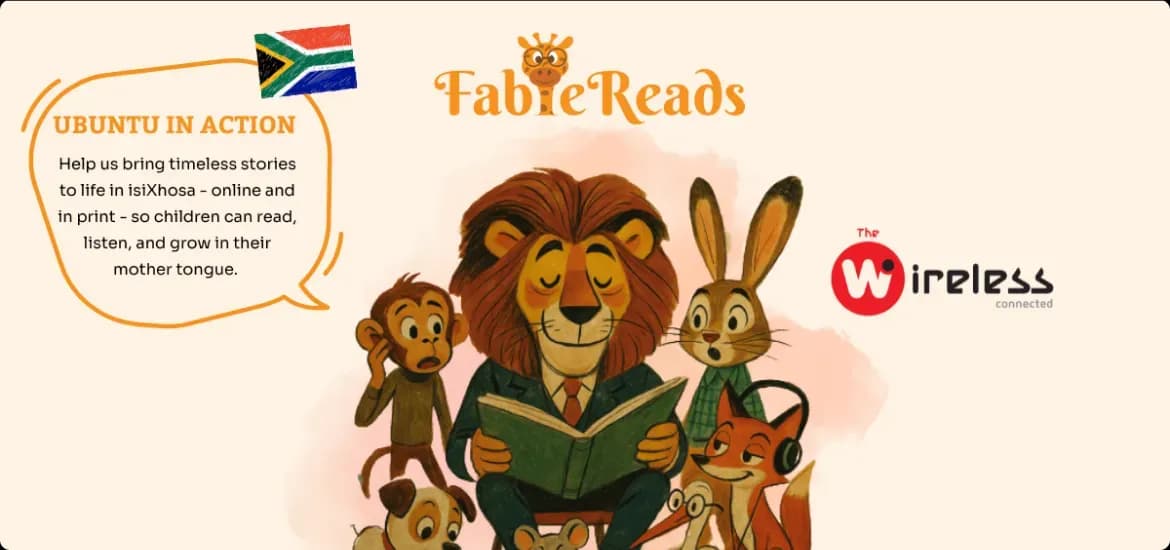September 7, 2025
What Makes a Story a Fable? Definitions, Tropes & Tests

Discover what makes a story a fable! Learn the definition, tropes, and tests to identify fables. Explore how to use them meaningfully with children.
What makes a story a fable? If you've ever read tales like The Tortoise and the Hare or The Fox and the Grapes, you might already have an idea. But what truly defines a fable, and how can parents and teachers use them in meaningful ways with children?
The Simple Definition of a Fable
A fable is a short fictional story that teaches a moral or lesson. These stories often use animals or inanimate objects that speak and act like humans. This storytelling style is called anthropomorphism. Fables are clear and easy to remember, and they often end with a stated moral. They help children learn good behavior and decision-making skills.
Common Tropes Found in Fables
Fables follow some familiar patterns that make them powerful teaching tools:
Talking animals with human traits: Each animal usually shows a specific quality, like the clever fox or the proud hare.
A clear problem or conflict: The main issue helps show the lesson.
Simple settings: Most stories happen in simple and generic places like forests, farms, or villages.
A direct moral: Often written as a short sentence at the end, the moral focuses on values like honesty, patience, or kindness.
These features make fables great for storytelling for education and for helping children remember life lessons.
How to Test if a Story is a Fable
If you're not sure whether a story is a fable, ask these simple questions:
1ul li:before {2 content: "";3 position: absolute;4 top: 50%;5 left: 0;6 width: 20px;7 height: 3px;8 background: var(--goldenrod);9}
- Is it a short, simple story?
- Do the characters include animals or objects that act like humans?
- Is there a clear lesson or moral?
- Can a child understand and explain the message?
- If you can answer “yes” to most of these, you’re likely reading a fable.
How to Use Fables in Meaningful Ways with Children
Parents and teachers can use fables in many fun and helpful ways. They can ask children questions about the story, like what they would do in the same situation. This builds empathy and decision-making. They can also connect the lesson to real life, act out the story, or let kids retell it in their own words. Children can even imagine new endings. These simple steps help children think deeply and remember the story better.
Fables help with reading for emotional development and critical thinking. When children hear stories about a greedy dog or a wise crow, they learn to connect feelings with actions.
Explore More Fables with Us
Fables are a fun way to share values and spark conversations. If you're looking for free stories online or educational resources for parents, visit FableReads.com. Discover bedtime stories for kids in many languages, with morals that help children grow.


